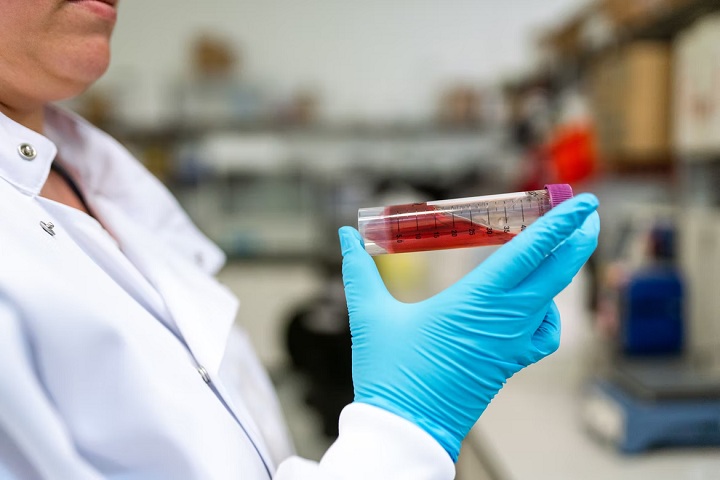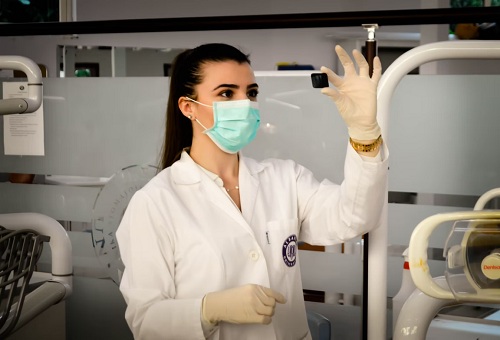Biomedicine is the application of scientific and engineering principles to the study and treatment of biological problems. It is a vast and rapidly growing field, with new discoveries being made all the time. But what does that mean for you? What is the purpose of biomedicine?
The purpose of biomedicine is to improve human health. That’s it, plain and simple. Biomedical scientists strive to understand how the body works, how diseases develop and spread, and how we can treat or prevent illness. They work on everything from developing new drugs and treatments to creating artificial organs, to improving public health policies.
Advance of regeneration
Regenerative medicine is a growing field in biomedicine devoted to repairing and replacing cells, tissues, and organs. Scientists are also working on ways of keeping the body’s cellular repair mechanisms activated for as long as possible so that people live longer lives with fewer disabilities. These technologies hold the promise of allowing us to live longer than ever before.
Furthermore, researchers are also exploring ways to regrow tissues and organs. In fact, there have been some remarkable successes in recent years as scientists grow functioning bladders, windpipes, and even heart tissue from a patient’s own stem cells. It’s vital to remember that regenerative medicine is still a very new field, and much research remains to be done before we can regrow complex organs. Having said that, there are a number of clinics that work in this medical branch that you can find online.
Creating new materials
In addition to repairing the body, biomedical engineers are also working to improve the materials we use in medicine. Some researchers are using stem cells to produce new tissues and organs, including blood vessels. These artificial body parts have been used to save the lives of people who would otherwise die from a lack of available donor organs.
In other cases, biomedical engineers are working with 3D printers to create plastic body parts that can be implanted into patients. While these prosthetics are currently being designed for aesthetic purposes, researchers are working on ways to supply people who have lost limbs with functional body parts that give them back their mobility.
Improved understanding of aging and disease
Although we cannot yet stop the biological processes that cause our bodies to age, researchers continue to explore ways of slowing down the process and managing its effects. One day we may even be able to stop or reverse aging entirely. Advances in medical science could someday fundamentally change the way we live, making us healthier and more independent for longer periods of time.
We are also learning more about how various diseases develop, progress, and can be treated or managed. Scientists are exploring everything from the molecular level of our cells to the microbiome—the community of microorganisms living in our bodies—to get a better understanding of how they affect our health. This knowledge already seems to be improving our ability to treat some diseases. In fact, many of the medications we use today have been developed with a better understanding of how diseases work and what can stop or reverse their effects.
Other areas of research include understanding how our genes influence our chances of developing certain conditions, exploring new ways to diagnose and treat different types of cancer, and finding better ways to manage conditions like diabetes.
Advancing technology
Biomedical scientists also work to translate their discoveries into practical applications that can help people in the real world. For example, researchers may develop a new drug or treatment, but it has to be tested and approved by government agencies before it can be used by patients (a process known as clinical trials). Other scientists are finding new ways to use existing drugs in different areas of the body or at higher doses in order to treat conditions they weren’t originally developed for.
Doctors today have access to a wider range of medical imaging devices, which is allowing us to diagnose and treat disease more accurately than ever before. Imaging tools include technologies like MRI, X-ray, CT scan, ultrasound, and others. For instance, doctors can use an MRI to get a clear picture of the brain without having to expose their patients to the dangers of radiation exposure from X-rays.
Biomedical engineers are also working to bring us improved versions of existing medical devices that are easier to use and more comfortable for patients. Some examples include lighter and less expensive wheelchairs, lightweight prosthetic body parts, and better ways of managing the symptoms of various diseases.
In addition, scientists are looking to create new medical devices that can help people prevent disease or manage its effects earlier on. For example, researchers are working on a swallowable camera that can help doctors discover problems in the digestive tract long before a patient would notice any symptoms. For people who have already been diagnosed with an illness, this type of imaging tool could be used to track how well their treatment plan is working or whether they need to adjust it. Some scientists are also studying ways to create “smart pills” that deliver medicine automatically on a timed-release basis and at the right dose.
Advancing medical research
At the most basic level, biomedical science is about gaining a better understanding of how our bodies work and using that knowledge to create new ways of diagnosing, treating, and perhaps even preventing disease in the future. Most of this research doesn’t involve human subjects (because we need to wait for it to be tested and approved, as mentioned above). Instead, biomedical scientists usually work with other animals whose physiology is similar enough that we can learn a lot about the potential effects of a drug or treatment by testing it on them.
In addition, some research is based on observations from animal studies or tests done in laboratories that don’t involve animals. For instance, biologists try to communicate with dolphins to learn more about how they communicate and socialize, and engineers develop new technologies by studying flying insects like dragonflies.
Biomedical science is constantly evolving as researchers learn more about how our bodies work and find new ways to treat diseases. In addition to developing new medications and treatments, scientists are also working on improved versions of existing medical devices, creating new medical devices that can help people prevent disease, and studying ways to deliver medicine automatically on a timed-release basis. All of this research is helping us move closer to a future where we can diagnose and treat disease more accurately and effectively than ever before.



















